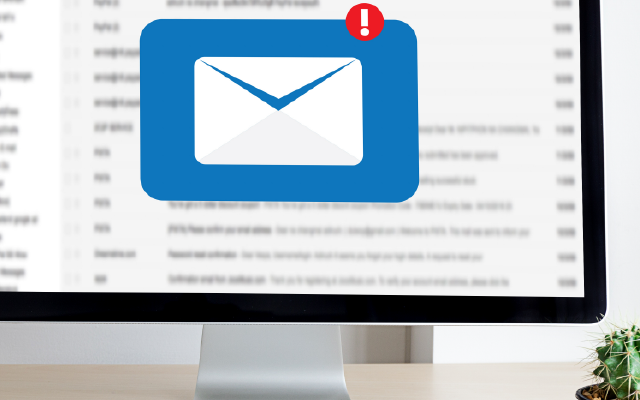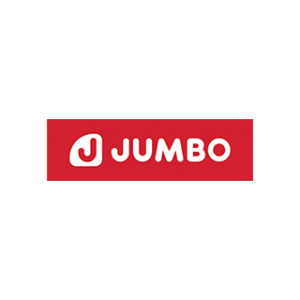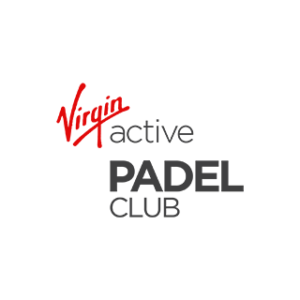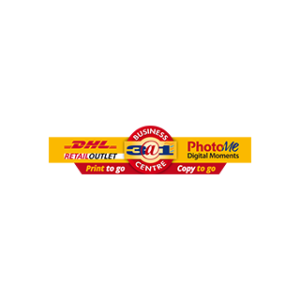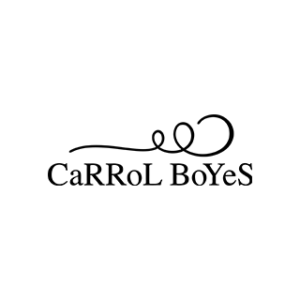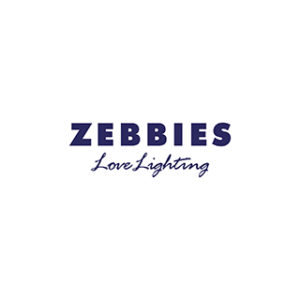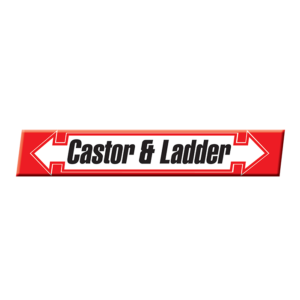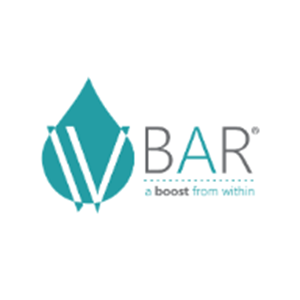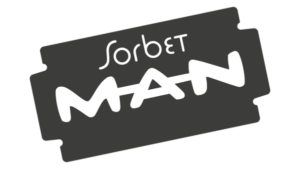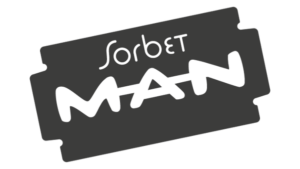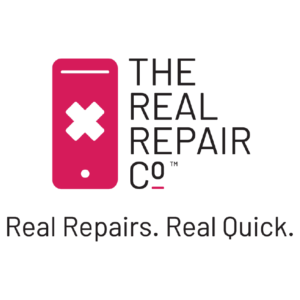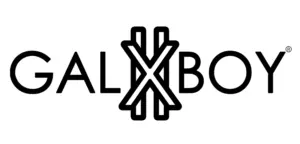As an e-commerce maven, you’re thinking about building a loyal (and infinitely growing customer base). E-mail marketing is an extremely effective and cost-friendly strategy. Indeed, if you were to do a spot survey among fellow e-commerce business peeps, they’d probably tell you that well-designed, mobile friendly and personalised emails encourage sales (Who doesn’t like to see their name in a subject line?). There’s credible research to back it: The average conversation rate for landing page traffic sent through email is over 6%. This is a big jump from the standard commerce conversation rate of 2.5% to 3.5%. We’ll walk you through how to build an email list for your e-commerce business.
Key Strategies to Build an Email List for Your E-commerce Business
It’s easier to encourage people to sign up for your emailer than getting them to buy something on your site. This is particularly true if it’s their first time browsing around. Here are a few important tips to make that email list for your e-commerce business longer than Keith Richards’ career!
Develop a value proposition to attract subscribers
You sell awesome products and services, but you’re also likely an expert on the subject matter. Consider putting that brain power to good use and offer a free ebook on your site? An ebook could have case studies, cool data graphs and tips and tricks. For readers to download this valuable content, they’d need to sign up to your email list. Voila! It needn’t only be ebooks. Offer an interesting webinar. You could also give people a discount on a product for signing up to your email list. The options are as endless as your imagination (and generosity).
Implement opt-in forms and lead capture techniques
People need opportunities to sign up to your email list. Like a lot of opportunities. Apart from popups on your home or product pages, have an email signup form on each page of your e-commerce site.
Leverage social media
A competition on social media is a sure-fire way to get subscribers. A proviso could be that people must share the competition post or tag as many of their friends as possible.
Because we know you’re a boff on your business, why not host a ‘live’ event discussing an interesting topic? Get people to sign up beforehand.
Collaborate with influencers and affiliates
Let’s face it, competition is tough. A great strategy is partnering with a social media influencer with many followers. They provide a short introduction about your product or service, and this links to your page and campaign.
Your product or service must however have a value proposition. It should be worth the influencer’s time and effort.
We’ve written a whole bunch on key e-commerce marketing strategies that could make your sales soar!
Indeed with Payflex’s incredible buy now, pay later option, you’ll have interested subscribers in no time!
Integrating Email List Building with E-commerce Platforms
By capturing email addresses through your e-commerce platform, targeted marketing is possible. In this way, leads can be nurtured, products promoted and repeat purchases encourages. Here are several steps to integrate email list building with your e-commerce platform.
Choose an Email Marketing Service
Look at an email marketing service provider that integrates well with your e-commerce platform. Popular options include Mailchimp and Constant Contact.
Enable Email Opt-in
Implement an opt-in form or checkbox on your e-commerce platform’s checkout page and other relevant areas. This allows customers to subscribe to your email list voluntarily.
Offer Incentives
Encourage visitors to subscribe to your email list by offering incentives such as exclusive discounts, early access to sales, free resources, or useful content. This can significantly boost your opt-in rates.
Use Abandoned Cart Emails
Integrate your e-commerce platform with your email marketing service to automatically send abandoned cart emails. These emails remind customers of the items they left behind and offer incentives to complete the purchase.
Automate Welcome Emails
Set up automated welcome emails to be sent immediately after a subscriber joins your email list. Welcome emails can include a warm greeting, an introduction to your brand, and a special offer to encourage a first purchase.
Best Practices for Email List Management and Engagement
Segmenting email subscribers for targeted campaigns
Categorise your email subscribers based on their preferences, purchase history, demographics, or any other relevant criteria. Segmentation enables you to send targeted, personalised emails to specific customer segments, increasing engagement and conversion rates.
Implementing email automation and drip campaigns
Drip campaigns involve a series of pre-scheduled emails sent at specific intervals. Set up drip campaigns to nurture leads or provide educational content. It helps to map out your customer journey. For example, welcome emails, abandoned cart reminders, post-purchase follow-ups, or re-engagement campaigns for inactive subscribers are great ideas.
Analyzing metrics and optimizing email performance
We’ve written a really useful blog about measuring ecommerce marketing KPIs.
Privacy, Privacy, Privacy
Get to know the ins and outs of the POPIA. Remember to comply with email marketing regulations, respect user privacy, and provide an easy opt-out mechanism in every email you send.
Now that you’re a pro email list builder, the next step is offering your subscribers an amazing payment solution such as Payflex’s buy now, pay later policy.

